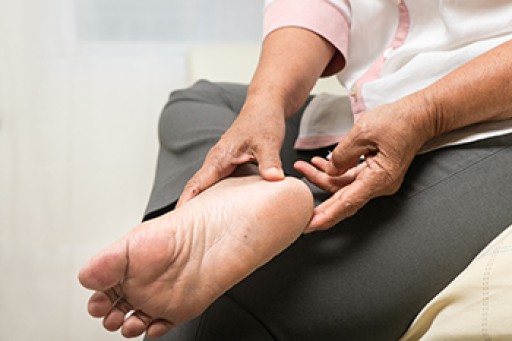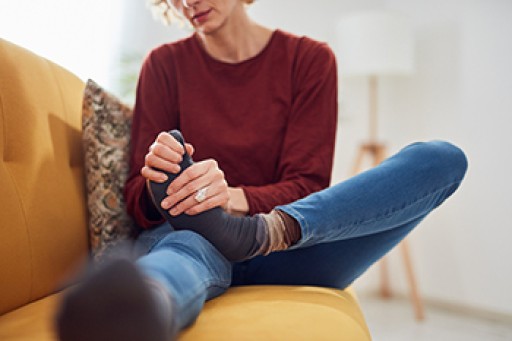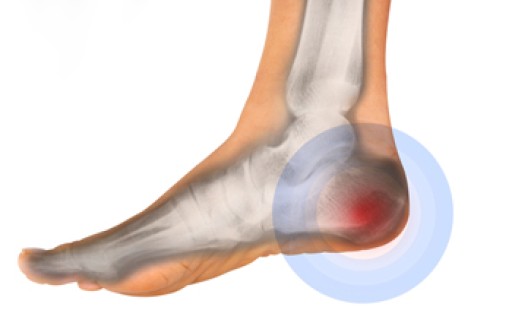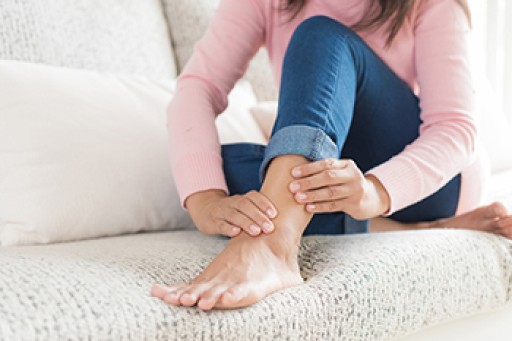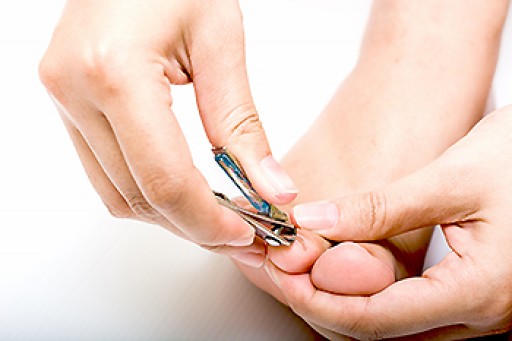
As the aging process occurs, the feet need special care and time to maintain overall foot health as this can positively affect the rest of the body. Many people enjoy soaking their feet in warm water due to its soothing effect. After the feet are thoroughly dried, many patients prefer to apply a good moisturizer on them and may choose to sleep with cotton socks on their feet. Additionally, it is beneficial to keep the toenails properly trimmed as this may help to avoid painful ingrown toenails from developing. The feet will feel good when the shoes that are worn fit correctly, and it is important to have the feet measured when new shoes are purchased. Any sores, blisters, cuts, or wounds that have developed on the feet may need immediate attention to ensure proper foot care is received. The feet will feel better when they are frequently stretched, and this can also help to strengthen the feet to prevent falling. If you would like more information about the type of care that elderly feet may need, please consult with a podiatrist who can address any concerns you may have.
Proper foot care is something many older adults forget to consider. If you have any concerns about your feet and ankles, contact one of our podiatrists from Footcare Now. Our doctors can provide the care you need to keep you pain-free and on your feet.
The Elderly and Their Feet
As we age we start to notice many changes in our body, but the elder population may not notice them right away. Medical conditions may prevent the elderly to take notice of their foot health right away. Poor vision is a lead contributor to not taking action for the elderly.
Common Conditions
- Neuropathy – can reduce feeling in the feet and can hide many life-threatening medical conditions.
- Reduced flexibility – prevents the ability of proper toenail trimming, and foot cleaning. If left untreated, it may lead to further medical issues.
- Foot sores – amongst the older population can be serious before they are discovered. Some of the problematic conditions they may face are:
- Gouging toenails affecting nearby toe
- Shoes that don’t fit properly
- Pressure sores
- Loss of circulation in legs & feet
- Edema & swelling of feet and ankles
Susceptible Infections
Diabetes and poor circulation can cause general loss of sensitivity over the years, turning a simple cut into a serious issue.
If you have any questions please feel free to contact our offices located in Elmhurst Jackson Heights, and Astoria, NY . We offer the newest diagnostic and treatment technologies for all your foot and ankle needs.
